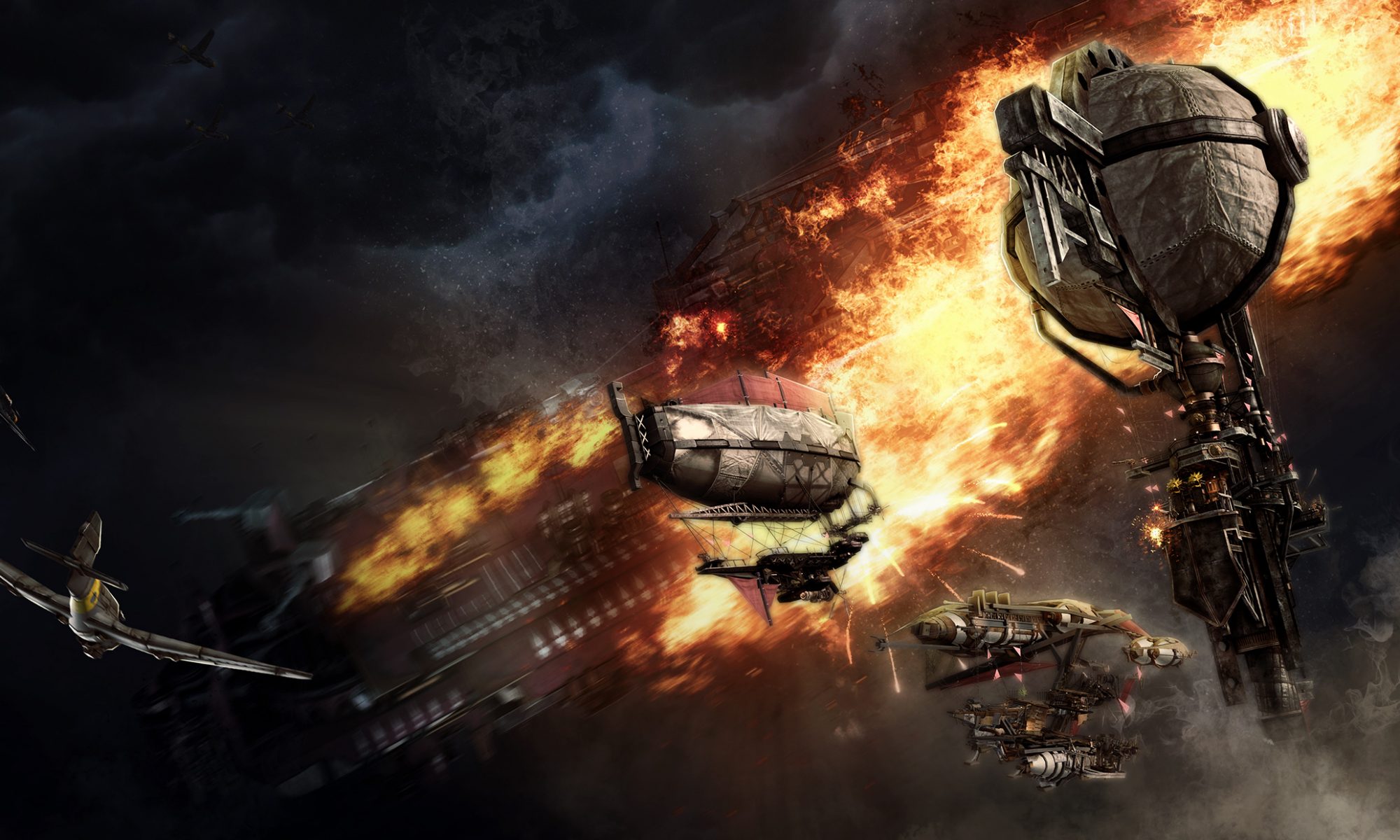By now, everyone has seen the trailer. We’re very happy with it but we also want to let everyone know that there is more to come. We know you’ve all been waiting a while to see something new, and while our teaser was a looker we knew we’d get people clamoring for gameplay footage. This is a more technical post to give everyone a thorough update on all our core mechanics and what state they’re currently in. Some things are were in the gameplay trailer, some things are so new that they didn’t make it in.
The one thing that just came out of the oven is new ship controls. More specifically, we’ve erred on the side of realism and created an honest to god ship thrust model. We have friction, drag, and all the goodies that comes with real-world physics. Of course, we’ve simplified a few things so gameplay doesn’t get too out of hand. The main one is that all ship motion assumes it has a left and right engine. We decided not to try to model a rudder system so having two engines on either side of the ship becomes essential in turning. You can put your ship into discrete levels of forward or backward thrust, so far 7 to be exact (from -3 to 3). This basically means both the left and right side engine(s) are at the same power. Turning the ship lessens the thrust of one side and increases the other. With this, you can expect realistic ship movement. For example, it’ll take some time to come to a full stop but we’ve toned down some of the realism to ensure maneuverability and a fun control experience. But since everything is still based on a realistic system, everything just operates as you would expect it to a phenomenal degree.







